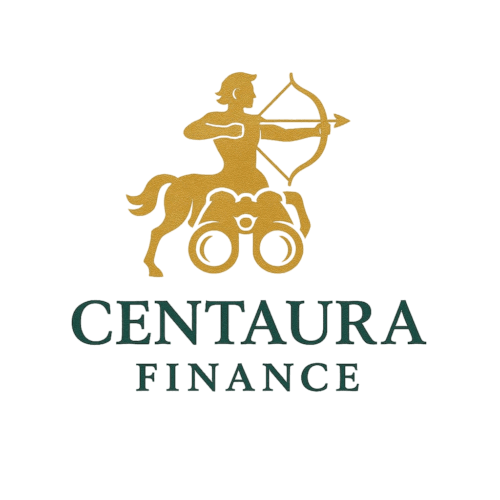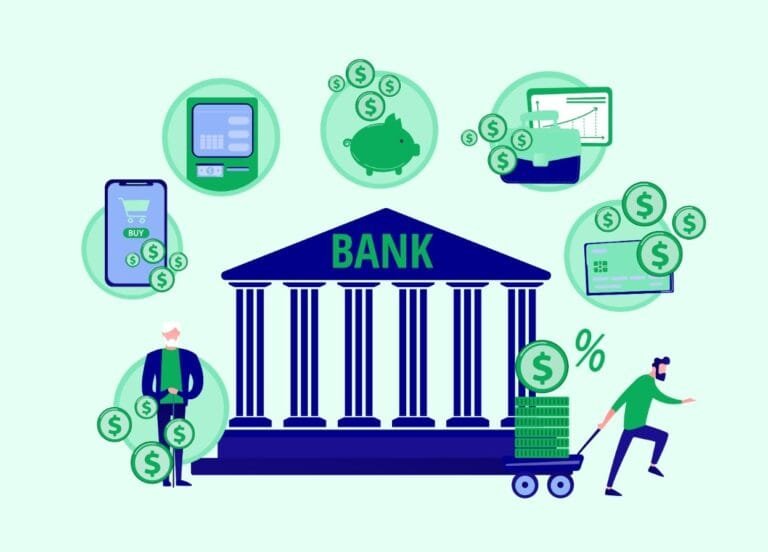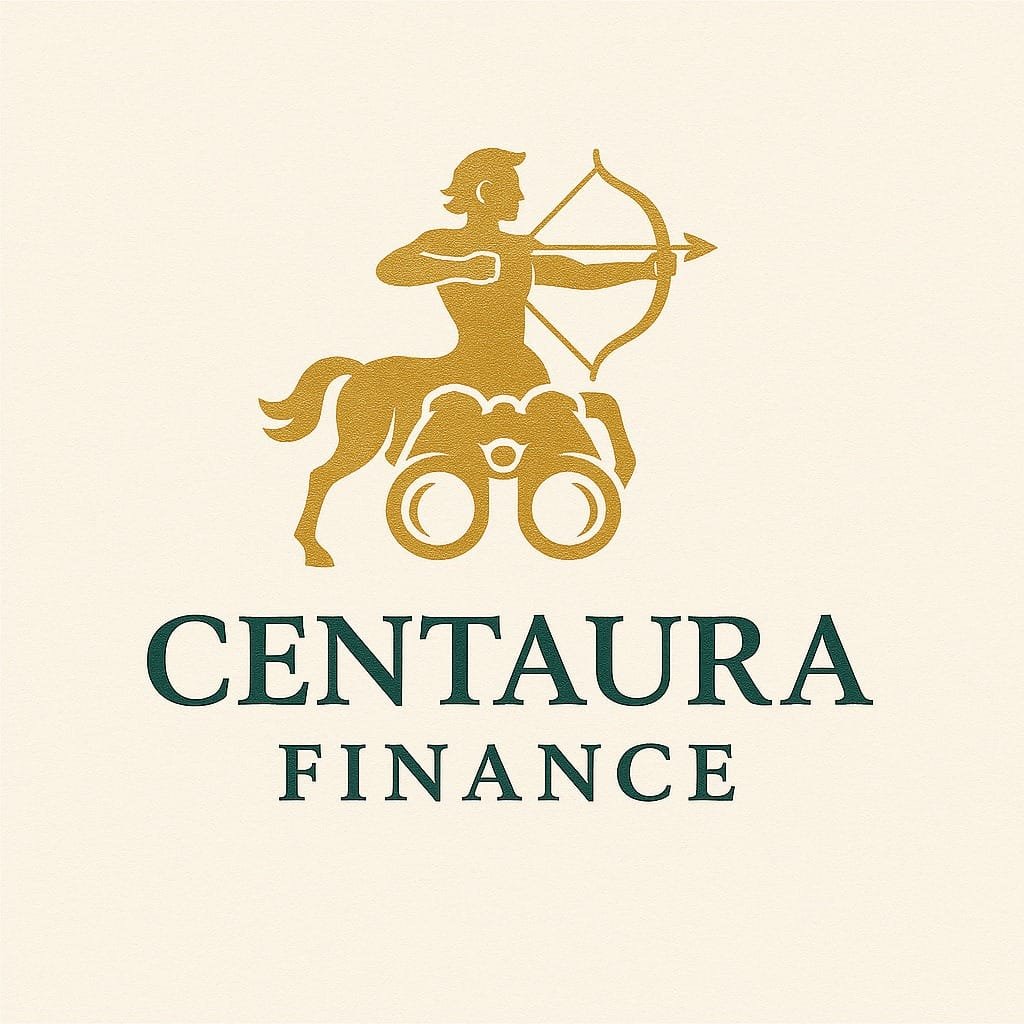In today’s rapidly digitizing world, one movement is quietly but powerfully reshaping how we access, use, and even think about money: open banking. And if you’ve ever linked your bank account to a budgeting app, applied for a loan online, or received a personalized offer from a digital wallet, you’ve likely already experienced it firsthand.
Still, most people don’t realize the depth of the open banking impact on financial services, from traditional banks to emerging fintech startups.
So what does that mean for you?
Whether you’re managing bills from a mobile app, running a business, or simply exploring modern finance, understanding the open banking impact on financial services helps you stay informed, empowered, and prepared for the future of money. In this blog, we’ll explore what open banking is, why it matters, how it’s evolving in the U.S. and globally, and what real shifts it’s bringing to financial services today.
What Is Open Banking?
Let’s simplify this: open banking is a system where banks allow your financial data to be shared with third-party apps and services, only when you permit it.
This is done through secure Application Programming Interfaces (APIs) that act like digital bridges between your bank and external financial tools. These APIs are the core of the open banking system, and they’re built to put you, the customer, at the center of your financial experience.
So, the next time your budgeting app helps you track spending or your digital bank suggests a savings goal based on recent activity, it’s thanks to open banking.
But more than convenience, the real impact lies in what this means for financial services as an industry.
Why Open Banking Is a Game-Changer
You may be asking, Why open banking? Because it changes everything.
Traditionally, banks held a monopoly over your financial data. You could only access your information through their platforms. But open banking flips the script. Now, with your consent, you can share your data with apps or tools that serve your goals — be it saving smarter, borrowing better, or investing with confidence.
This user-first approach is a shift toward financial democratization, and that’s just the beginning.
Open Banking Impact on Financial Services: What’s Changing?
Let’s break it down. Here’s what’s transforming in the financial services world:
Personalized Financial Products
Banks and fintechs can now analyze real-time spending and income data to offer customized services. No more one-size-fits-all loans or credit offers.
Faster Credit Decisions
Lenders using open banking APIs can evaluate risk instantly. That means you might get approved for a personal loan or mortgage within minutes, not weeks.
Smarter Budgeting and Planning Tools
Apps like Mint, YNAB, or Monarch use open banking to pull your data into one dashboard, helping you stay on track with goals, spending, and financial health.
Improved Competition and Innovation
Open banking forces traditional banks to innovate or risk falling behind. This results in better features, lower fees, and more choices for consumers.
Lower Operational Costs for Institutions
Digital APIs reduce manual processes like paperwork and branch visits, helping financial services providers cut costs and pass on savings.
What Is the Open Banking System in the USA?
So, how does this work in the U.S.?
Unlike the U.K. or EU, where open banking is mandated by law, the open banking system in the USA is mostly market-driven. That means companies voluntarily participate, and innovation is led by fintech players like Plaid, MX, and Finicity.
Features of the U.S. Open Banking Framework
OAuth 2.0 authentication for secure user login
Tokenized access to protect passwords
FDX (Financial Data Exchange) industry standards
Collaboration between banks, fintechs, and regulators
Although there’s no single government-mandated open banking framework in the USA yet, the Consumer Financial Protection Bureau (CFPB) is proposing new rules to give consumers more control over their financial data, aligning with the principles of open banking.
A Global Comparison: Open Banking in Nigeria
To understand the global relevance, let’s briefly look at open banking in Nigeria. Unlike the U.S., Nigeria’s Central Bank of Nigeria (CBN) launched a full regulatory framework mandating open banking.
Here’s what’s notable:
It empowers small businesses and underbanked communities
It encourages competition in a once-monopolized financial sector
It supports fintechs in offering innovative credit, insurance, and savings products
This kind of policy-driven open banking not only boosts inclusion but also offers a blueprint for emerging markets and potentially for U.S. regulators.
Impact of the Financial Crisis on Banking Sector in the USA: A Useful Contrast
You might wonder how this movement compares to other big financial events. Let’s reflect on the impact of the financial crisis on the banking sector in the USA.
In 2008, a lack of transparency and bloated legacy systems exposed deep flaws in how financial institutions operated. It led to a breakdown in trust and tighter regulations.
Fast-forward to today: open banking is restoring that trust by making data more transparent, personalized, and user-controlled. It’s a response to the very failures that caused the last crisis.
So, while the 2008 crisis brought oversight, open banking brings empowerment.
Open Banking Impact on Banks
Open banking hasn’t just changed fintech, it’s reshaped traditional banking institutions as well.
Here’s how banks are affected:
Loss of data exclusivity: they no longer “own” the customer’s data
Greater competition: fintechs are nimbler and often serve customer needs better
Need for digital transformation: banks are investing in better UX, faster platforms, and cloud-based systems
At the same time, banks that embrace open banking are thriving — partnering with fintechs, offering API access, and staying relevant in a digital-first world.
Is Banking Part of Financial Services?
This might seem like a basic question, but it’s worth clarifying.
Yes, banking is a core segment of the broader financial services industry, which includes:
Insurance
Investment management
Real estate
Personal finance planning
Lending and borrowing
So when we talk about the open banking impact on financial services, we’re not just talking about banks. We’re talking about the entire ecosystem of how people interact with and grow their money.
The Future of Financial Services Is Open
As fintech continues to grow and regulation evolves, the open banking impact will only deepen.
What we can expect:
Wider adoption of embedded finance (where financial services are built directly into non-financial apps)
More control over data sharing, including the ability to revoke access at will
Deeper personalization, from investment guidance to credit-building tools
Open banking isn’t just a tech trend. It’s the future of how we’ll all bank, borrow, save, and invest.
Final Thoughts
So, when you hear the phrase “open banking impact on financial services,” know this:
It’s not about disrupting an industry. It’s about redesigning it around you.
You now have the power to:
Use tools that work with your lifestyle
Access better financial products faster and more affordably
Own your data and choose how it’s used
And that’s what modern financial services should be all about.


